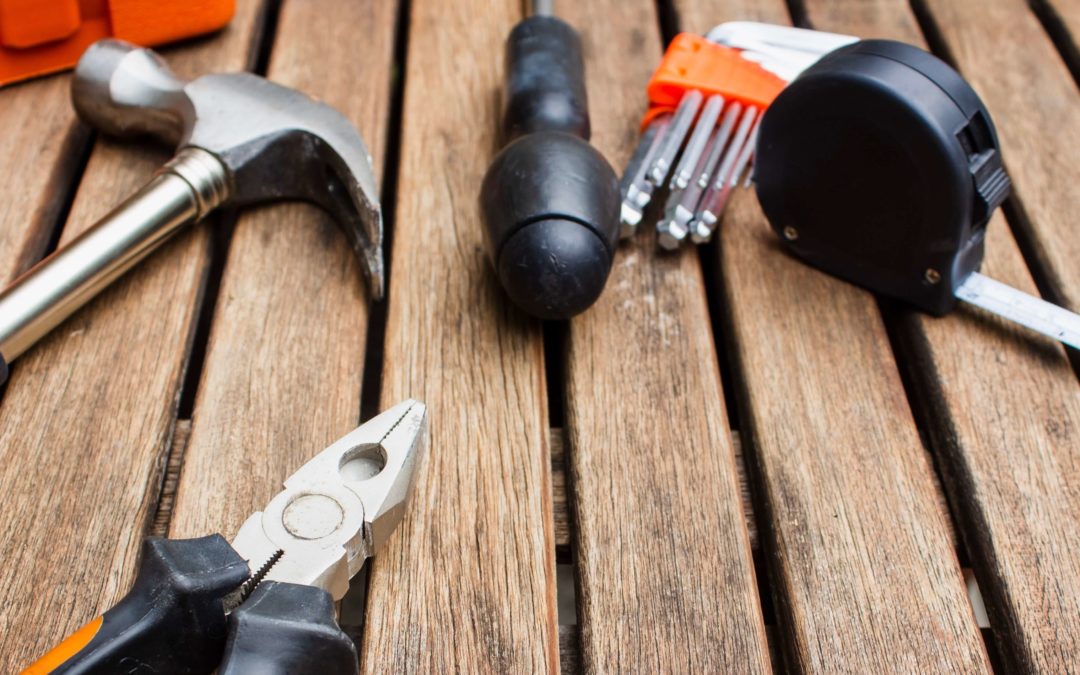A toolbox talk is a daily safety review that takes place before the day’s work begins. Also known as tailgate meetings or safety briefings, these five-minute discussions are an excellent way to keep workers up-to-date on job-specific hazards and to grow your company’s overall safety culture. While toolbox talks are not meant to take the place of formal safety training, they are a valuable supplement to your daily routine and an effective way to maintain awareness of safety topics.
Why Toolbox Talks?
Are these short safety meetings even effective? The 2017 safety report from Associated Builders and Contractors (ABC) found that companies who conduct monthly toolbox talks have a Total Recordable Incident Rate (TRIR) four times higher than those that hold daily toolbox talks.
Other benefits of toolbox talks include:
- Give workers job-specific safety tips
- Grow your safety culture
- Improve communication
- Keep up-to-date record of hazards
- Remind workers of duties and responsibilities
Complacency is a huge factor in safety incidents. Discussing relevant safety topics regularly will help keep workers knowledgeable and alert. Additionally, employees with the proper skills and knowledge will make every job site a safer place to work. As a provider of pre-employment tests and skill assessments, we at Nocti Business Solutions believe that proper training and the provision of information significantly lessens the likelihood of accidents and injuries.
How to Create an Engaging Toolbox Talk
There are some great (free) resources already out there on leading your own toolbox talk. But before you jump into a list of safety topics, there are a few quick tips to make every safety briefing a success.
1. Make it relevant.
Always cover topics that are relevant for your employees or work environment. Talk about scenarios and equipment specific to the worksite: machinery, ladders, chemicals, treacherous terrain, and anything else that poses an obvious hazard.
2. Keep it real and practical.
Contextualize safety information by having a prop whenever possible. If you’re covering portable step ladder dos and don’ts, include an actual ladder in the demonstration. People are able to remember images and visuals for much longer than they can remember words. Including a prop or a visual makes your talk more memorable and engaging.
3. Make it a conversation, not a lecture.
Don’t just deliver safety information from a sheet of paper or rely on alarming statistics to get your point across. One construction foreman used his phone to record a quick Q&A with his workers. Simply making the safety briefing interactive was enough to get workers “switched on” and paying attention. Whether you decide on a Q&A or some other format, make your toolbox talk a conversation instead of a lecture. Workers should have the opportunity to participate, ask questions, and give suggestions.
4. Practice what you preach.
Nothing loses credibility faster than a trainer who will not follow their own safety advice. Leading by example is a great way to communicate the importance of safety. If leaders are dedicated to safety and consistently follow the rules, then those below them will too.
Topics to Get You Started
If you aren’t sure where to begin, look through OSHA’s top ten safety citations. These are OSHA’s top citations given after worksite inspections. OSHA publishes this list to alert employers about common workplace hazards and give them a chance to address issues before OSHA arrives for an inspection.
Fall-related incidents are by far the most common causes of workplace injuries and deaths. Four out of the ten most-cited items on OSHA’s list are fall protection, scaffolding, ladders, and training requirements for fall protection. Other important topics include: eye and face protection, heavy machinery and equipment safety, and chemical hazard communication.
Resources
OSHA provides a number of free talks on their training site. New topics are posted every month. Additionally, the Center for Construction Research and Training offers toolbox talks in both English and Spanish.
OSHA also recommends that you document toolbox talks. Even if OSHA standards do not require documentation of safety training, it doesn’t hurt to have the topic information, the trainer, the date, and the names of workers on file.
Build a Safer Workforce with NBS
Toolbox talks are an excellent way to create a safer work environment. Any worker that lacks the proper skills and training quickly becomes a hazard to themselves and their co-workers. Our pre-employment tests help employers hire candidates with the correct qualifications to maintain a safe work environment. Whether you are training new employees or testing experienced workers, skills assessments ensure that each worker has the skills and knowledge to keep your worksites safe and injury-free. Contact us about how skills assessments can build a safer, more efficient workforce!

Recent Comments